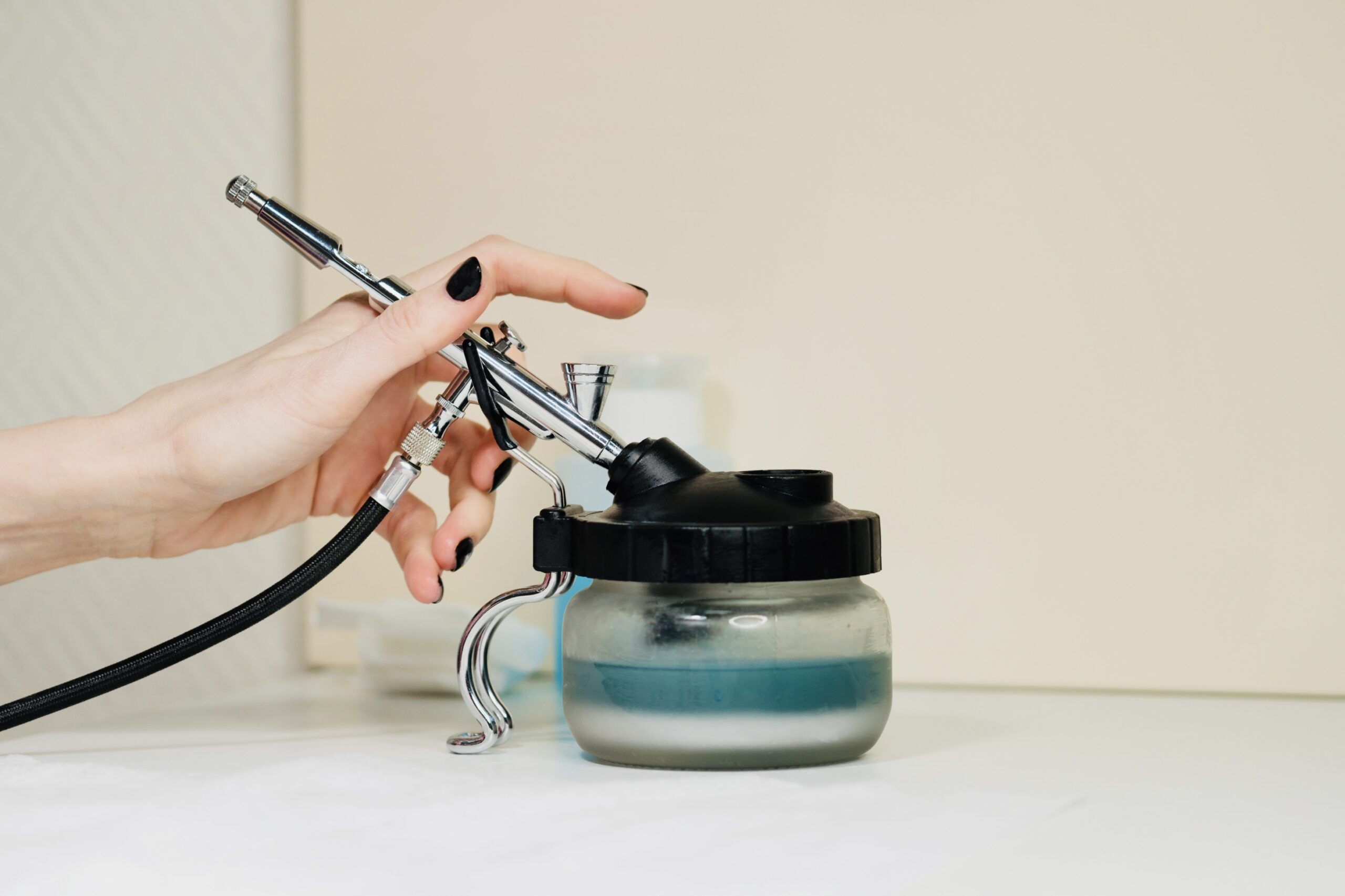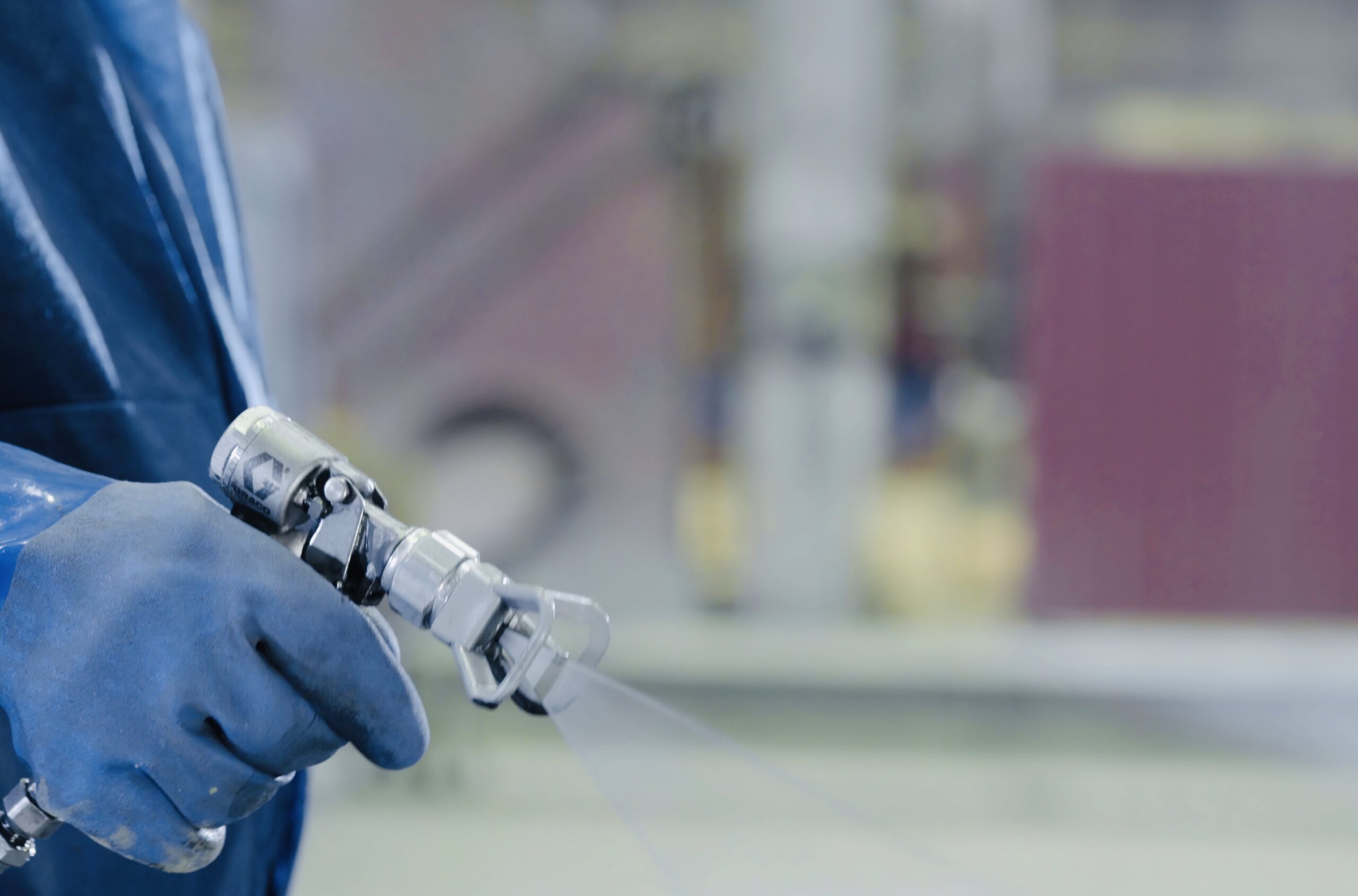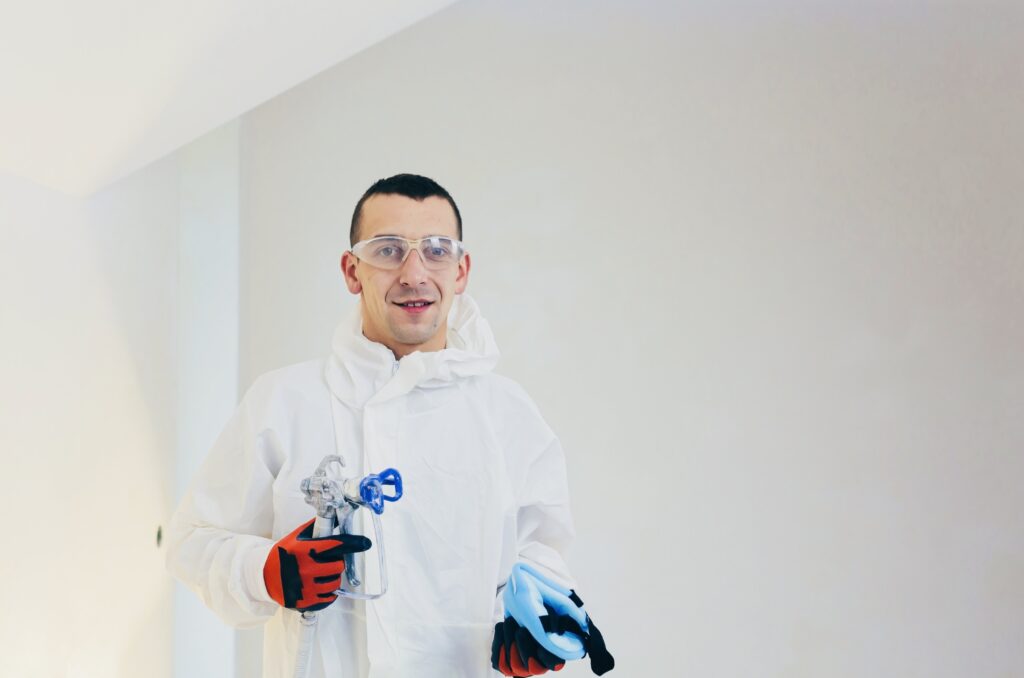Unveiling the Showdown: Airless Paint Sprayers and HVLP Systems – Choosing the Right Tool for Your Painting Projects
The world of paint application has evolved significantly, offering diverse tools to cater to various needs. Airless paint sprayers and high-volume, Low-Pressure (HVLP) systems are popular among contenders.

This comprehensive article dissects the characteristics, advantages, and limitations of Airless Paint Sprayers and HVLP Systems, guiding you through the decision-making process for your painting endeavors.
Airless Paint Sprayers: Power and Efficiency Unleashed
High-Pressure Dominance
Airless paint sprayers boast a powerful high-pressure system, often exceeding 2,000 psi. This section explores how this dominance in pressure accelerates the painting process, making airless sprayers ideal for large-scale projects.
Versatility in Coating
Unlike HVLP systems, airless sprayers can handle a spectrum of coatings, from thick latex paints to stains. This article examines this versatility, showcasing the adaptability of airless sprayers across different paint formulations.
Even Coating and Speed
The high-pressure application of airless sprayers results in an even coating on surfaces. This section explores the efficiency and speed these tools offer, providing a seamless finish in less time than traditional methods.
HVLP Systems: Precision in Detail
Low-Pressure Finesse
HVLP systems operate at lower pressure levels, typically around ten psi. This section explains how this low-pressure approach contributes to precision, making HVLP ideal for detailed work such as trim, cabinets, and intricate surfaces.
Controlled Overspray
HVLP’s controlled air volume minimizes overspray, reduces paint waste, and creates a cleaner work environment. We explore how this feature makes HVLP systems more user-friendly, especially for those new to spray painting.
Ideal for Finishes
HVLP excels in providing a flawless finish, particularly for surfaces that require a fine touch. This section emphasizes how HVLP systems’ precision caters to projects where achieving a high-quality finish is paramount.
The Showdown: Comparing Key Factors
Coverage and Speed
We compare airless paint sprayers’ coverage capabilities and speed against HVLP systems, considering project size and time efficiency.
Adaptability to Project Type
We are examining the adaptability of both tools to different project types, from large exterior surfaces to detailed interior work, which is essential for successful outcomes. Understanding which tool suits specific project requirements is key.
Ease of Use and Learning Curve
We are analyzing each tool’s ease of use and learning curve. For DIY enthusiasts and professionals alike, understanding how quickly one can master the tool is crucial to decision-making.
Pros and Cons: Weighing the Options
Airless Paint Sprayers
We are evaluating airless paint sprayers’ strengths and weaknesses, addressing overspray, upfront costs, and maintenance requirements.
HVLP Systems
A detailed exploration of the pros and cons of HVLP systems, covering factors such as limited coverage for large projects, the need for a dedicated air compressor, and potential longer application times.
Choosing the Right Tool for Your Needs
Project Considerations: You are guiding selecting the most suitable tool based on the nature and scale of your painting project.
Budget and Investment: I am weighing the upfront costs, maintenance requirements, and long-term investment considerations for Airless Paint Sprayers and HVLP systems.
Skill Level and Preferences: She addressed the influence of user experience and personal preferences on the choice between powerful airless paint sprayers and precision-focused HVLP systems.
Surface Types: Consider the variety of surfaces you’ll be painting. Airless paint sprayers excel on larger, more expansive surfaces like walls and exteriors, while HVLP systems shine on detailed surfaces such as cabinets, furniture, or intricate trim work.

Paint Formulations: Evaluate the types of coatings you commonly work with. Airless paint sprayers are versatile with various paint formulations, but if you frequently work with thin materials like lacquers or stains, HVLP systems offer better control and application.
Portability and Maneuverability: Assess the portability of the tools, especially if you have projects in different locations. HVLP systems, often smaller and lighter, might be more convenient for intricate work or projects that require mobility.
Noise Levels: Consider the noise generated by each tool. Airless paint sprayers are noisier due to their higher-pressure systems, while HVLP systems, operating at lower pressures, generally produce less noise. This may be a factor if noise concerns your working environment.
Ease of Maintenance: Dive into each tool’s maintenance requirements. Airless paint sprayers may have more intricate systems that require regular checks and cleaning, while HVLP systems might have simpler maintenance needs. Assess which better aligns with your willingness and ability to perform routine upkeep.
Environmental Impact: Consider the environmental impact of your chosen tool. HVLP systems often generate less overspray, reducing paint wastage and making them more environmentally friendly. If eco-friendliness is a priority, this could be a crucial factor in your decision-making process.
Training and Learning Curve: Reflect on the time and effort you will invest in learning to use each tool effectively. Due to their power and pressure, airless paint sprayers have a steeper learning curve, while HVLP systems, with their lower pressure, are more forgiving for beginners.
Project Timelines: Analyze your project timelines. Airless paint sprayers can significantly expedite large projects, making them ideal for time-sensitive endeavors. If time is a critical factor for your projects, the efficiency of airless sprayers may be a deciding factor.
Availability of Power Sources: Consider the availability of power sources at your job sites. Airless paint sprayers may require access to electrical outlets, while HVLP systems, especially those with turbine-driven compressors, offer more flexibility in locations with limited power access.
Accessory Compatibility: Explore the availability and compatibility of accessories for each tool. Assess the range of nozzles, hoses, and other add-ons that enhance functionality. Various accessories can make your tool more versatile and adaptable to project requirements.
By thoroughly evaluating these points, you can refine your decision-making process and choose the tool that best aligns with the unique demands of your painting projects, budget constraints, and personal preferences.
FAQ: Airless Paint Sprayers and HVLP Systems
Q1: Which tool is better for large exterior painting projects?
A: Airless paint sprayers are generally more suitable for large-scale projects due to their high-pressure system, allowing for faster coverage and efficiency.
Q2: Can HVLP systems handle thick paints like airless paint sprayers?
A: While HVLP systems can handle thicker paints, airless paint sprayers efficiently spray a wider range of coatings, including thicker materials like latex paints.
Q3: Are airless paint sprayers harder to clean than HVLP systems?
A: Airless paint sprayers may require more thorough cleaning due to their high-pressure system. However, both tools require regular cleaning to maintain optimal performance.
Q4: Do HVLP systems produce less overspray than airless paint sprayers?
A: Yes, HVLP systems typically produce less overspray, making them a preferred choice for projects where minimizing paint wastage is crucial.
Q5: Can beginners easily learn to use airless paint sprayers?
A: Airless paint sprayers offer powerful performance but may have a steeper learning curve. HVLP systems, with their lower pressure, are often considered more beginner-friendly.
These questions aim to address common queries individuals may have when choosing an Airless Paint Sprayer and HVLP System for their projects.
Conclusion
As we conclude this exploration of Airless Paint Sprayers and HVLP Systems, it becomes evident that each tool has strengths and weaknesses. The choice between them hinges on the unique demands of your painting projects, your skill level, and your preference for speed versus precision.
Understanding the intricacies of Airless Paint Sprayers and HVLP Systems empowers you to make an informed decision, ensuring that your chosen tool aligns perfectly with your painting aspirations. Whether it’s the power-packed efficiency of airless sprayers or the fine precision of HVLP systems, both tools play pivotal roles in shaping the artistry of paint application in the modern world.
Happy Painting!

